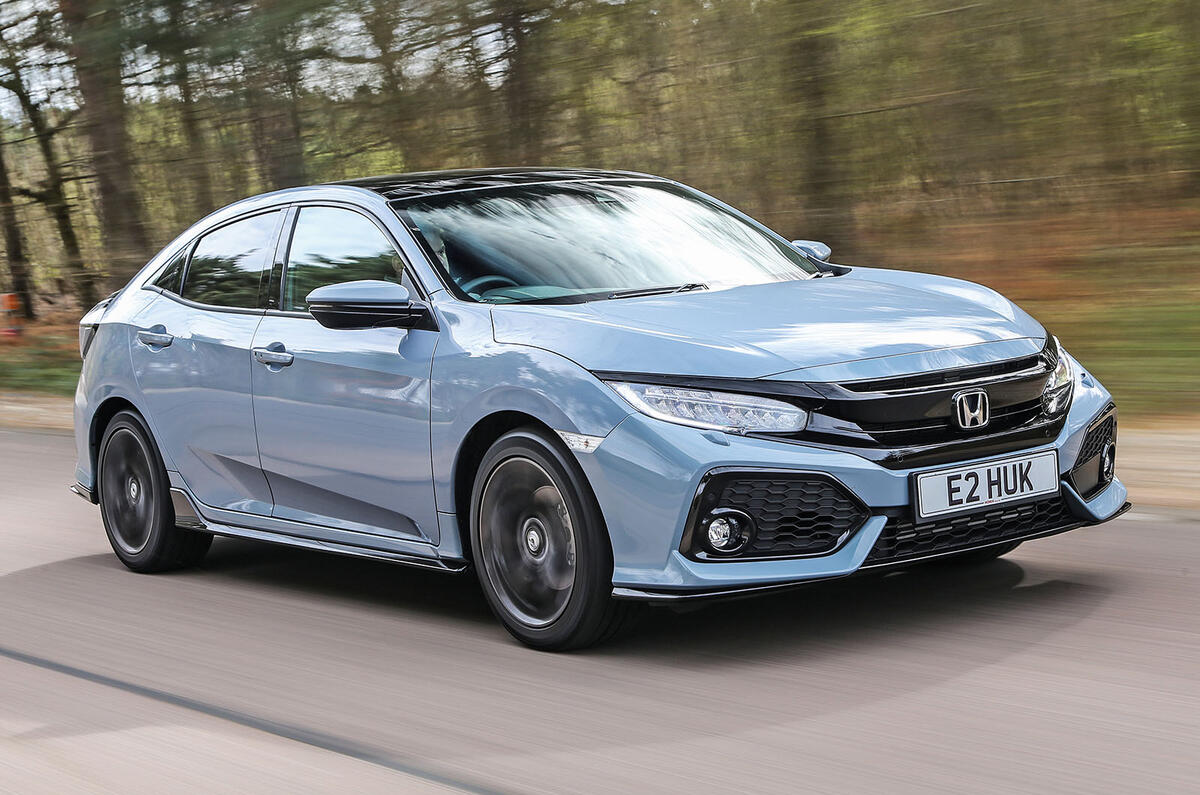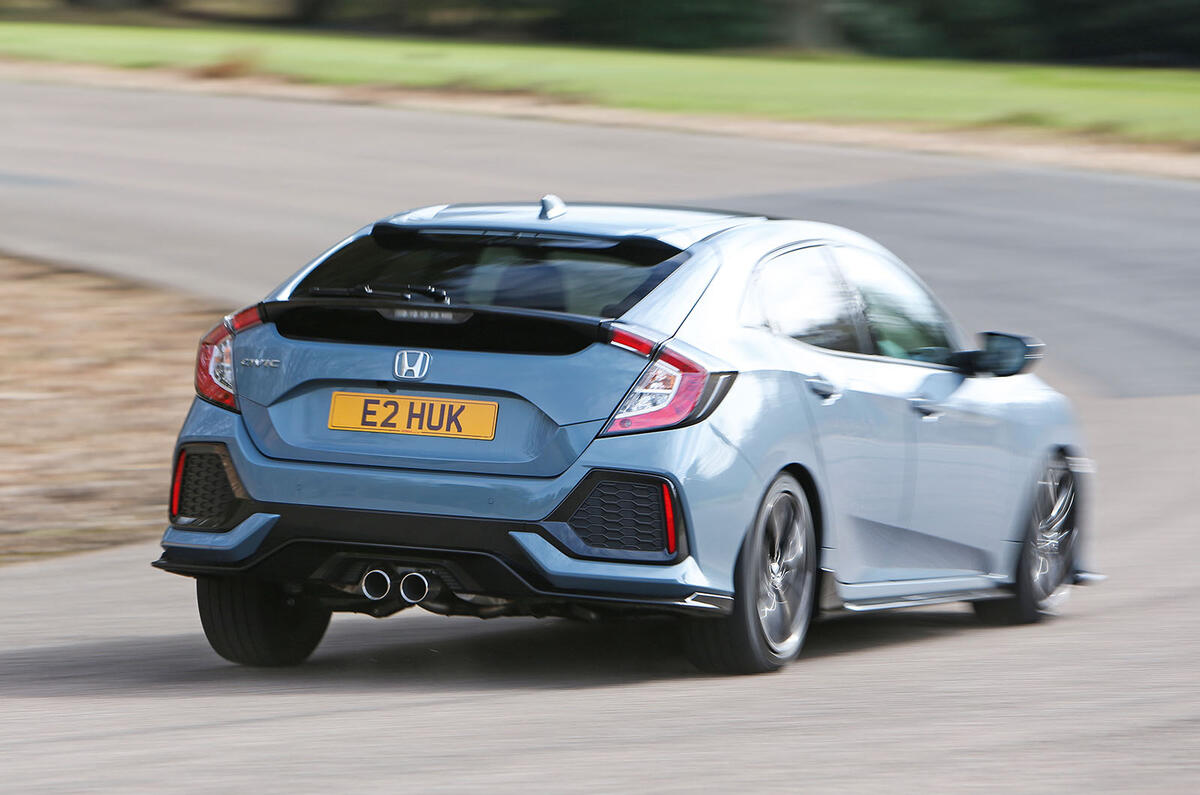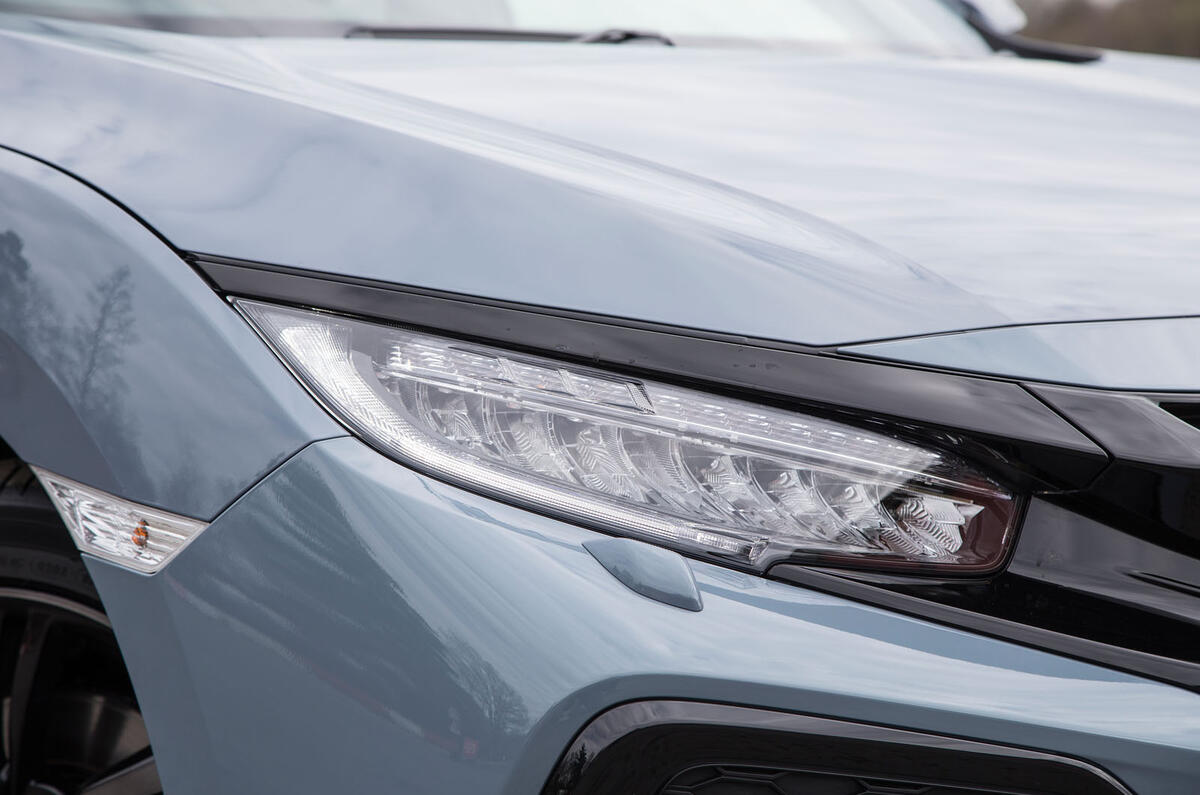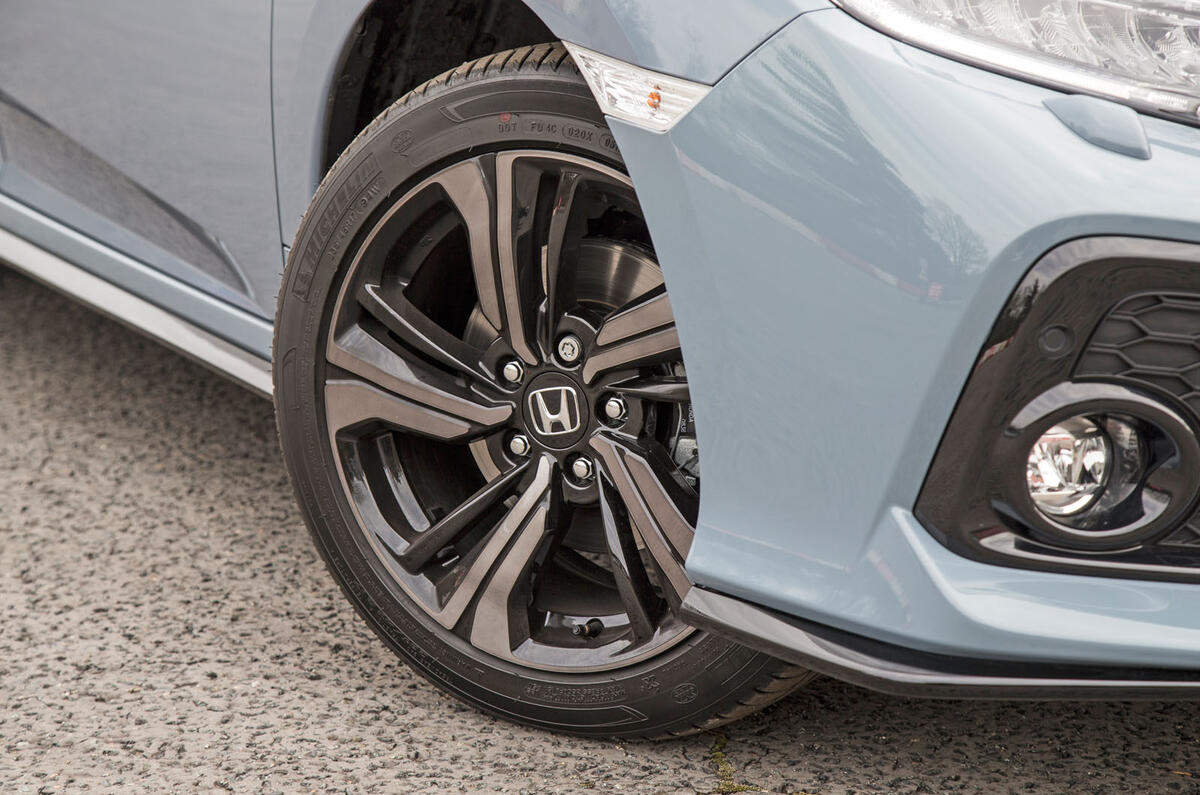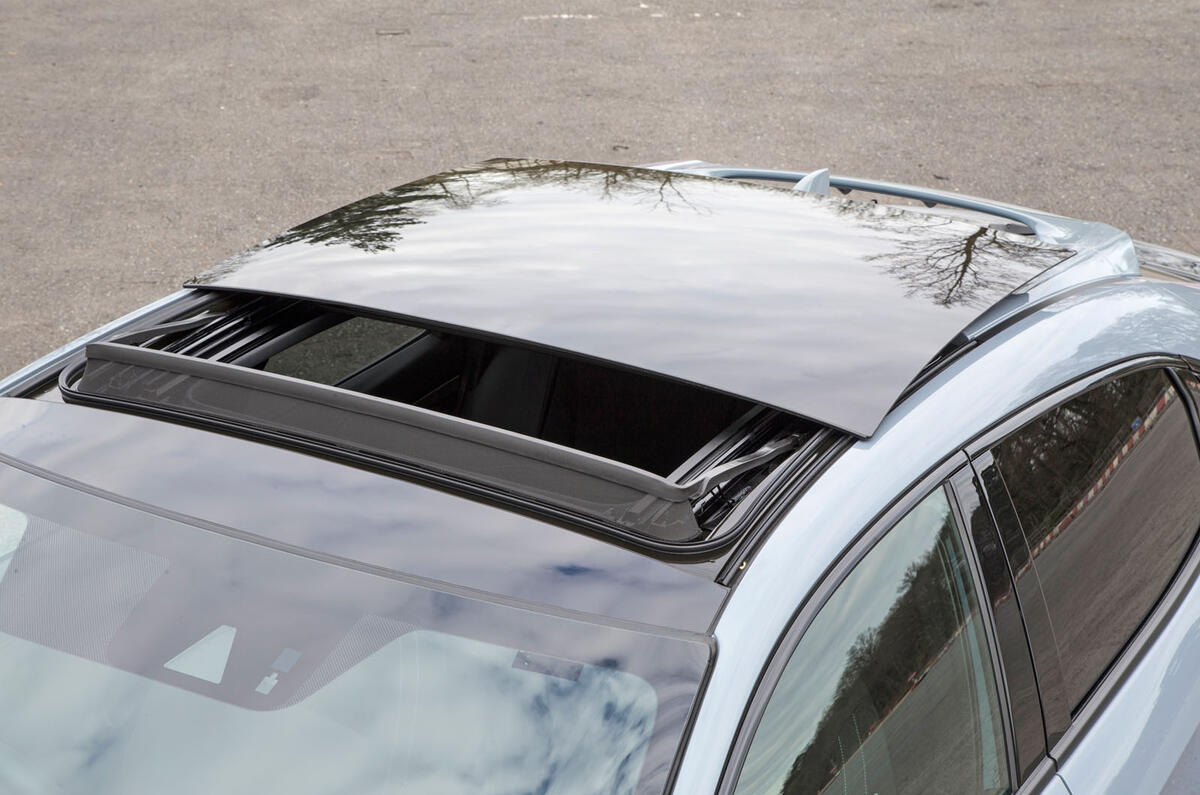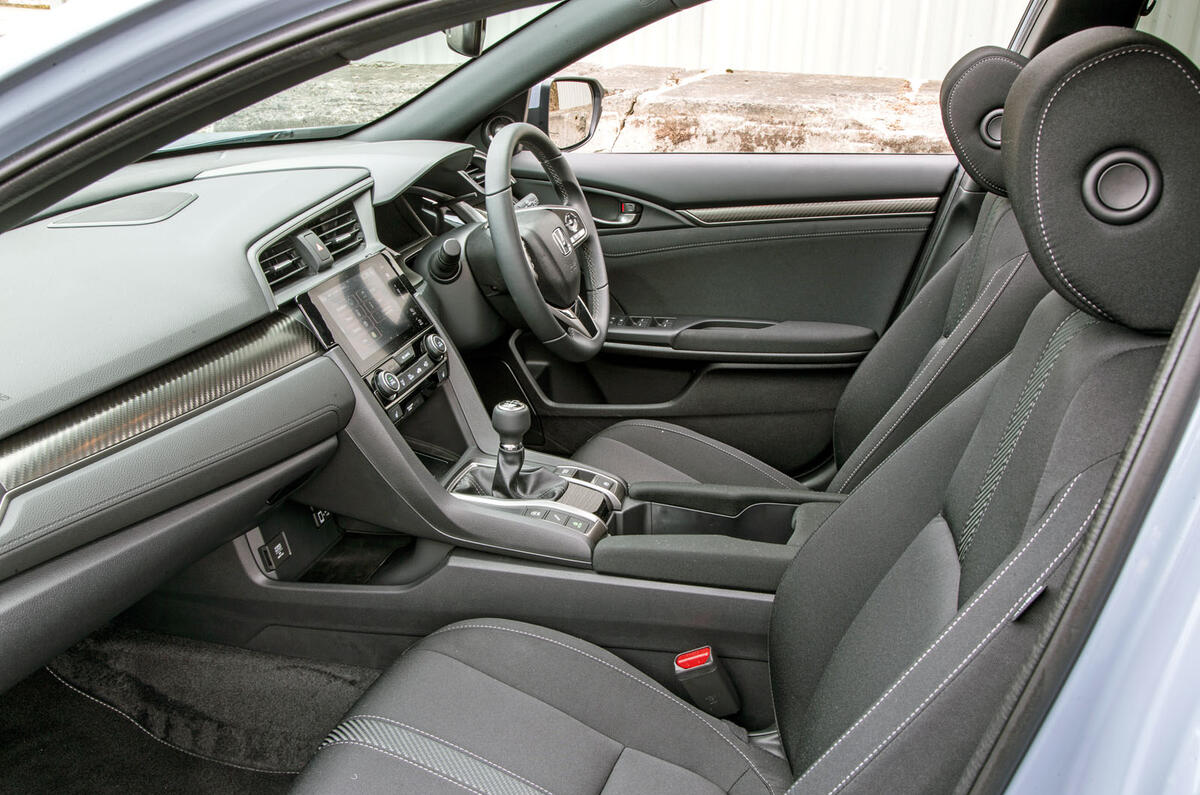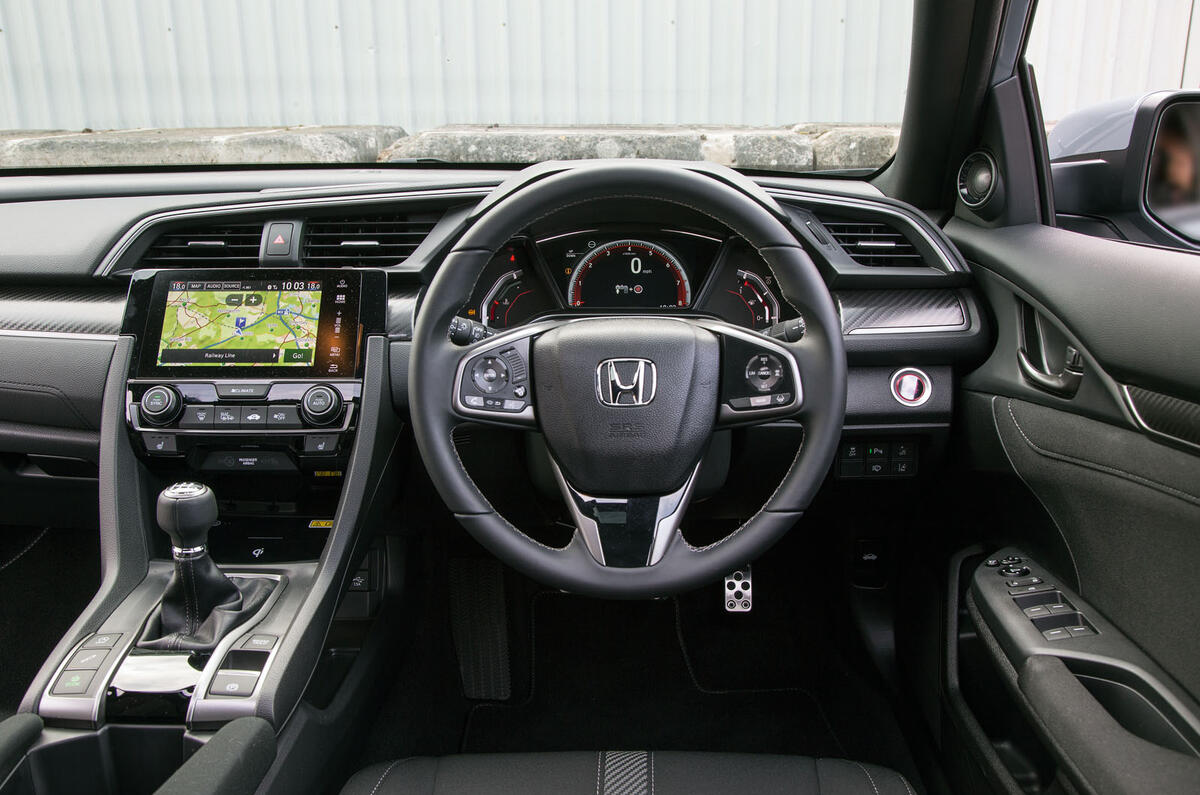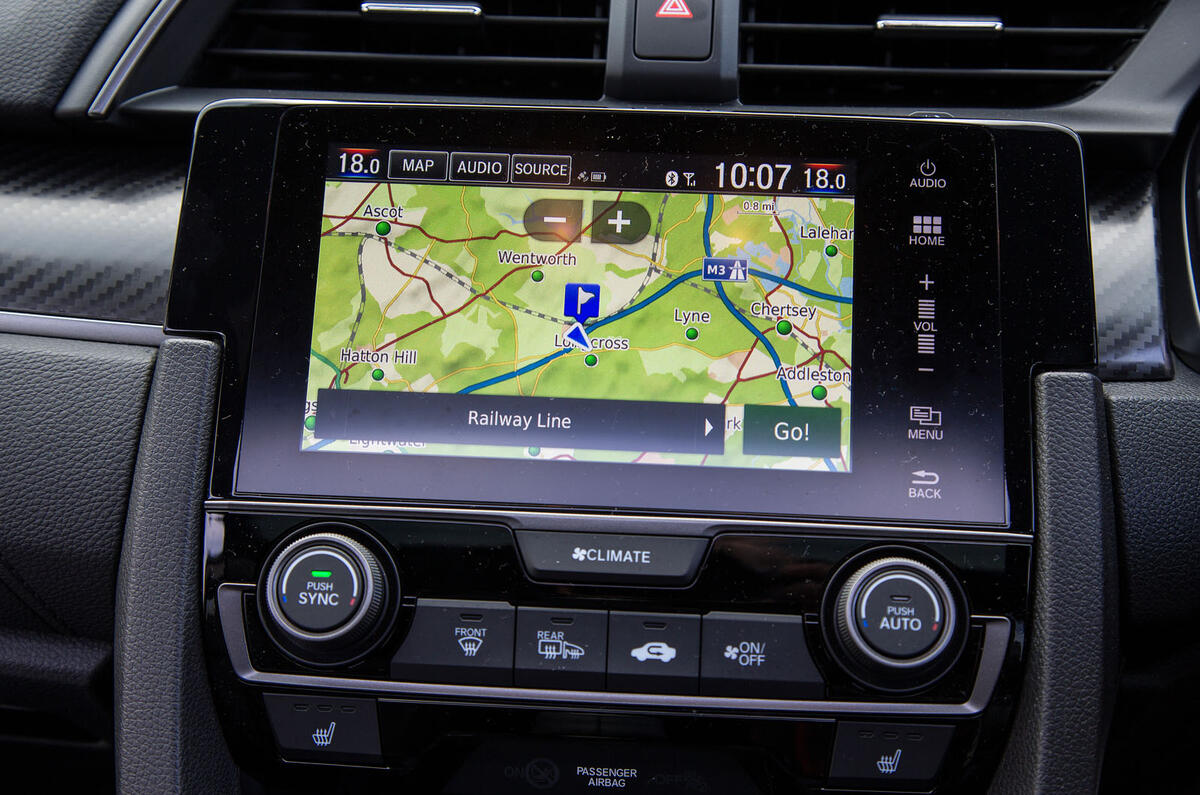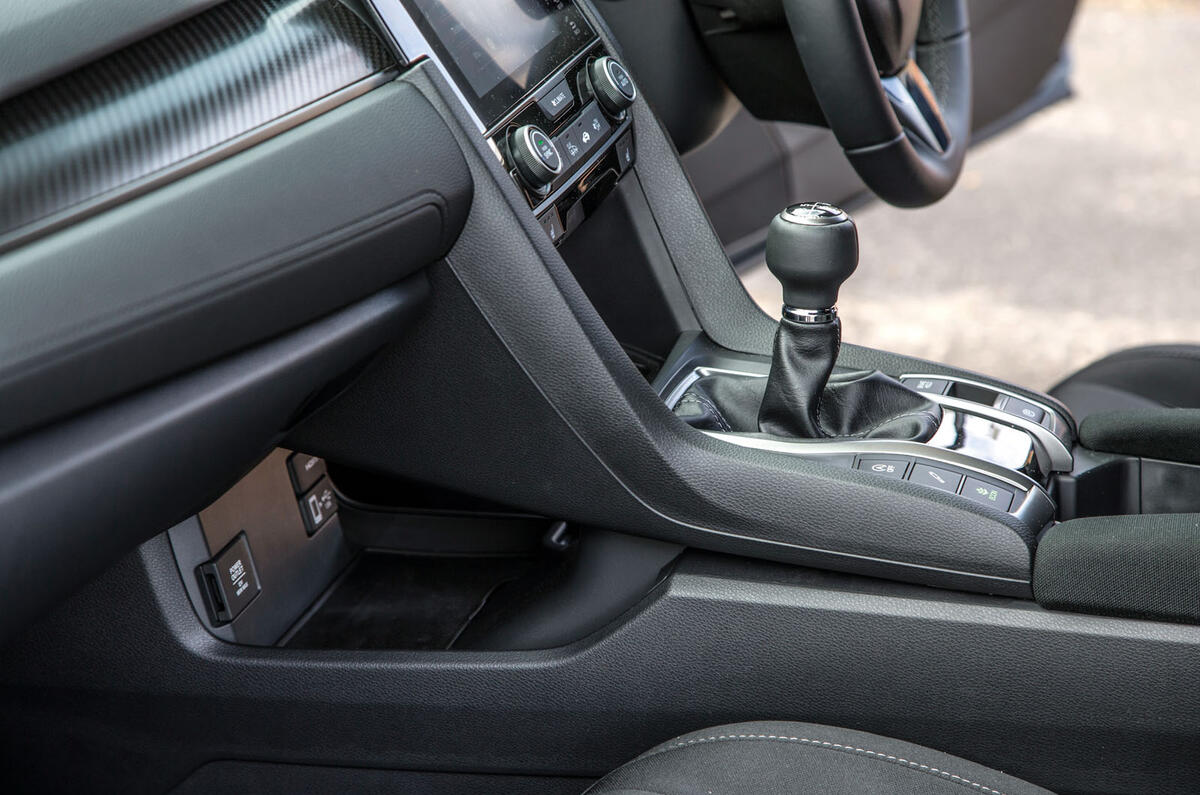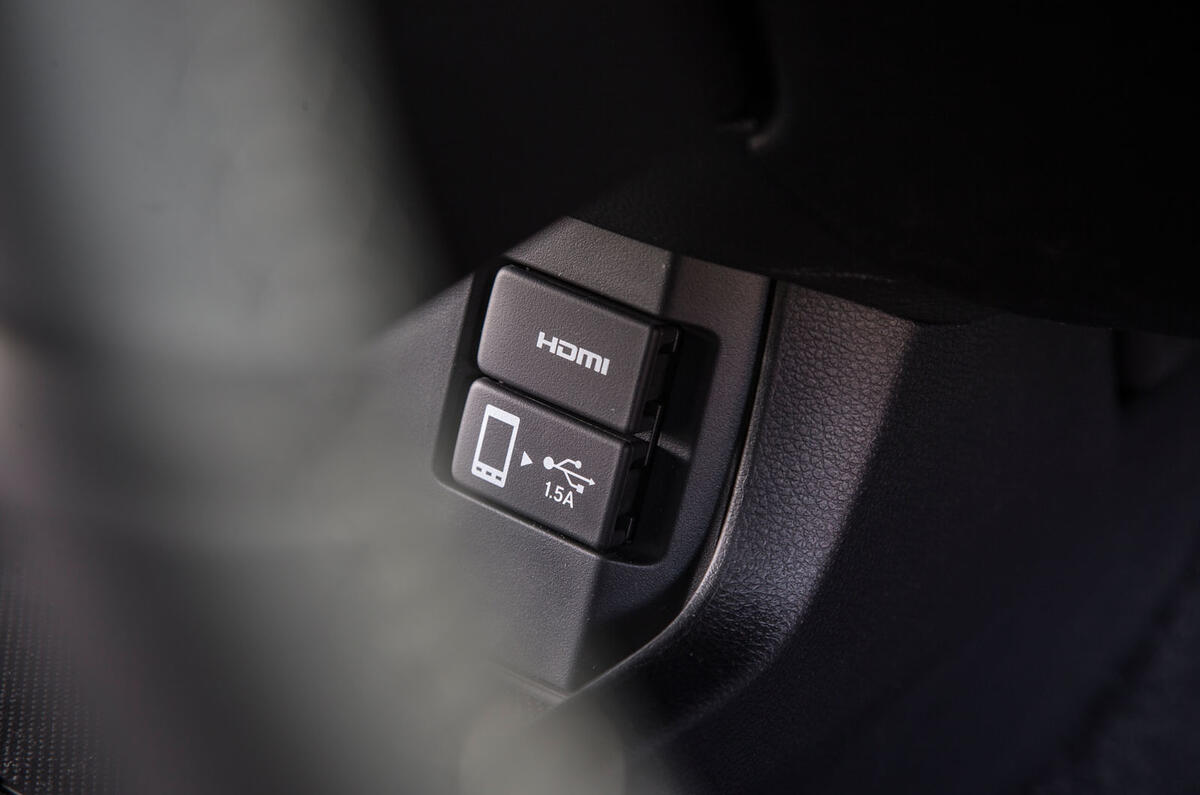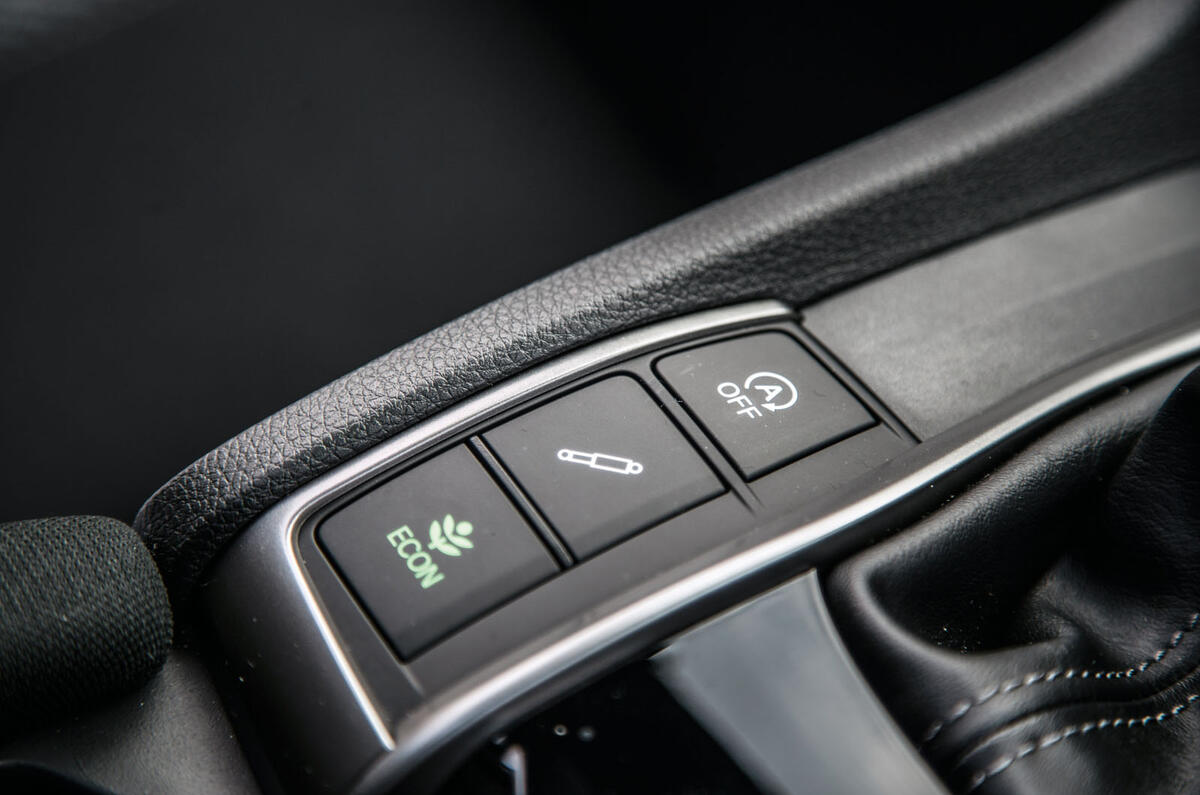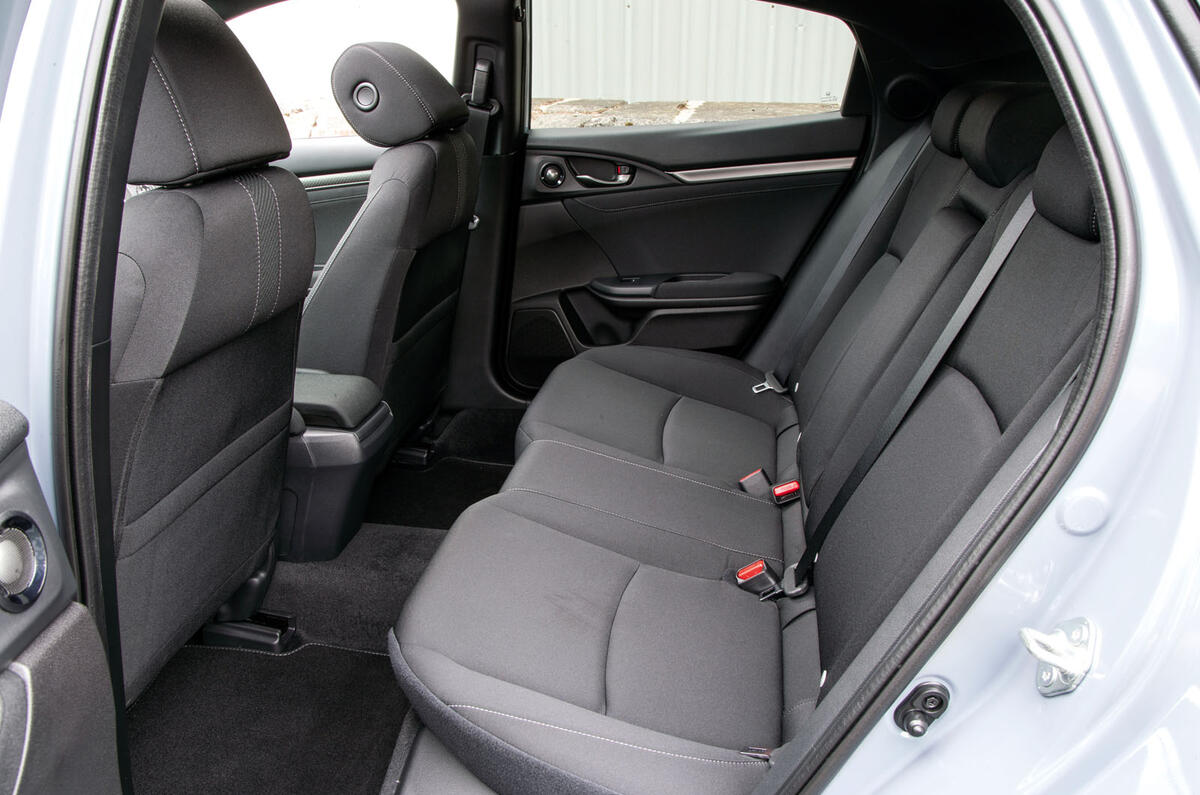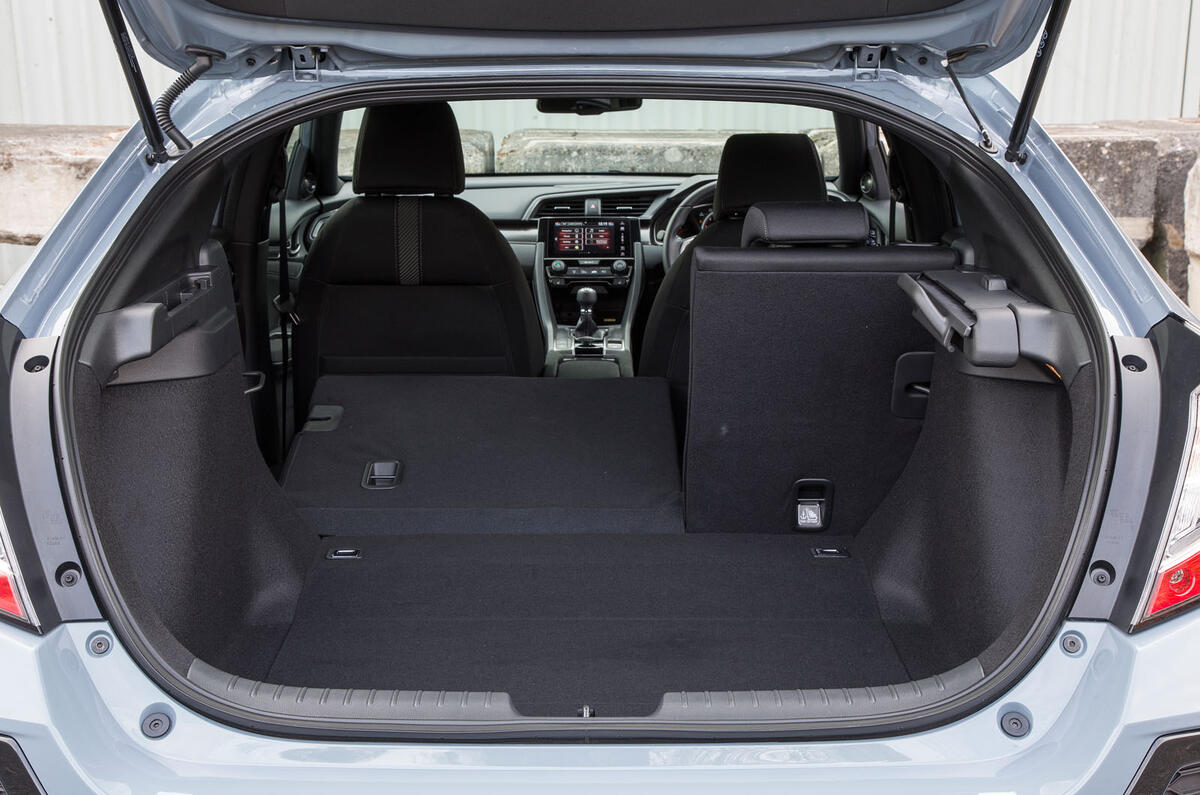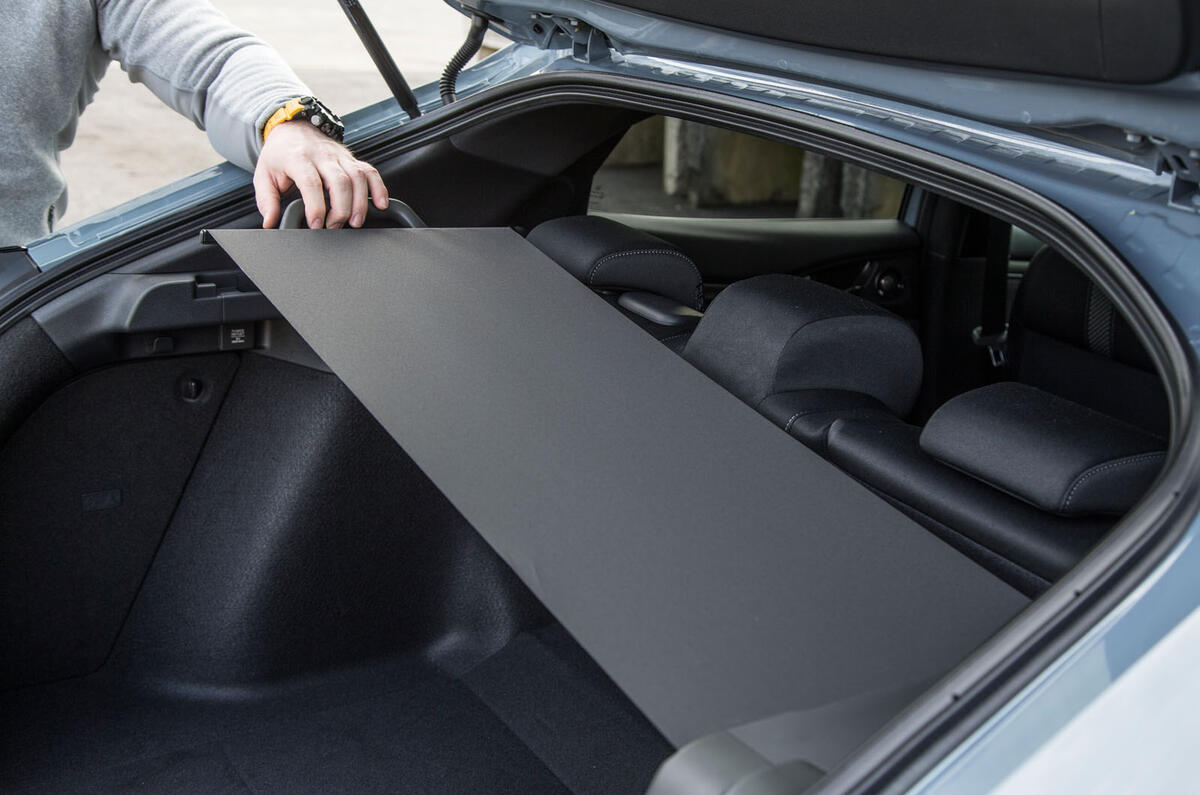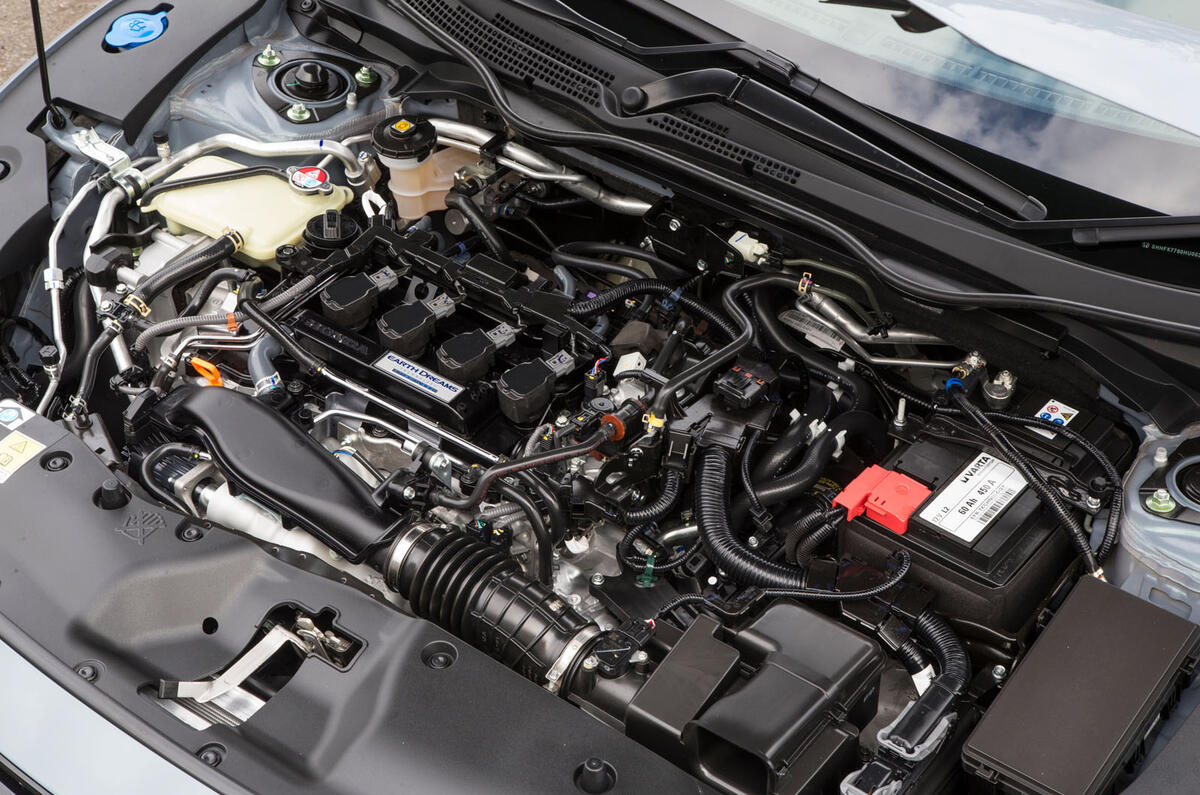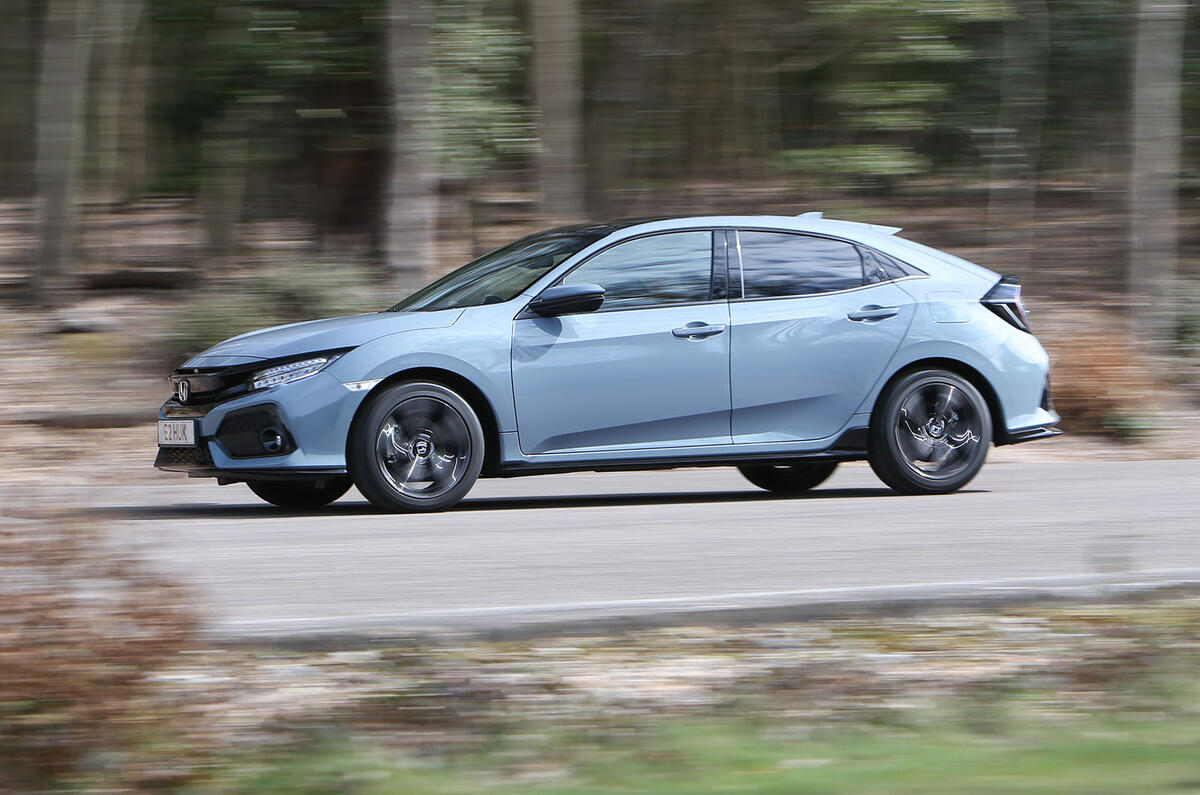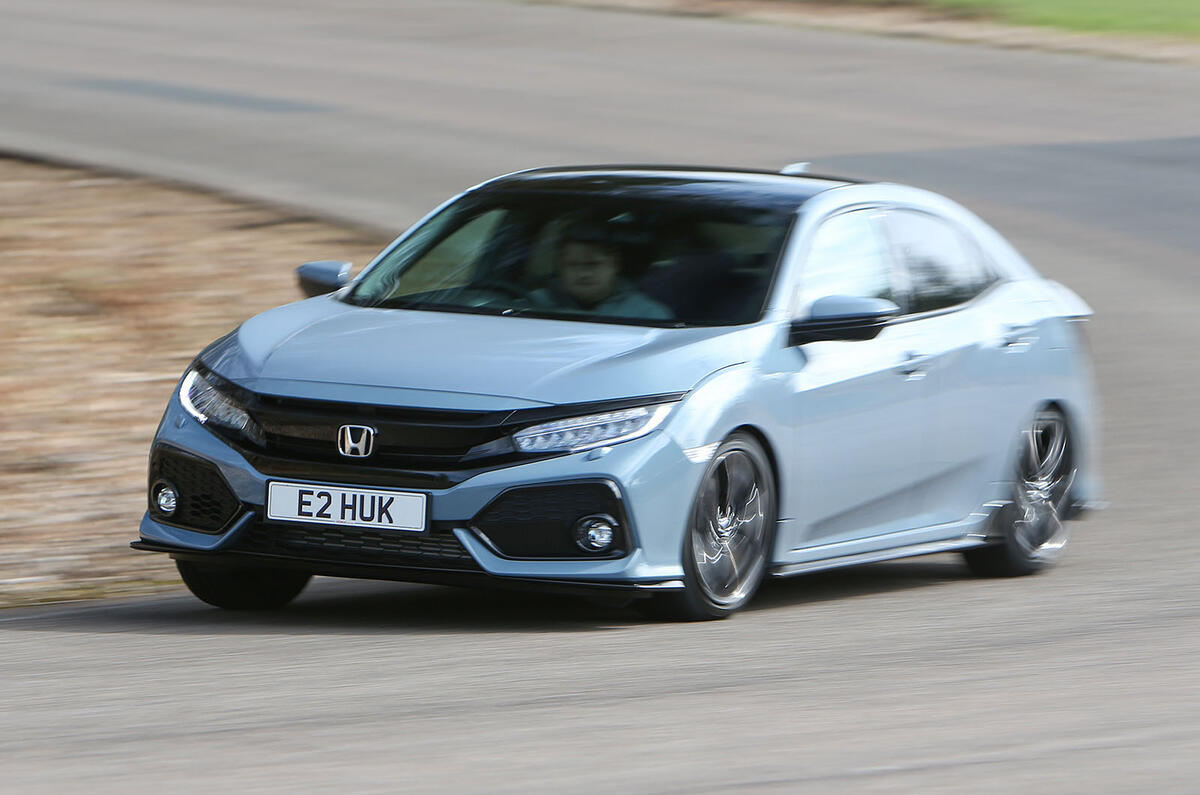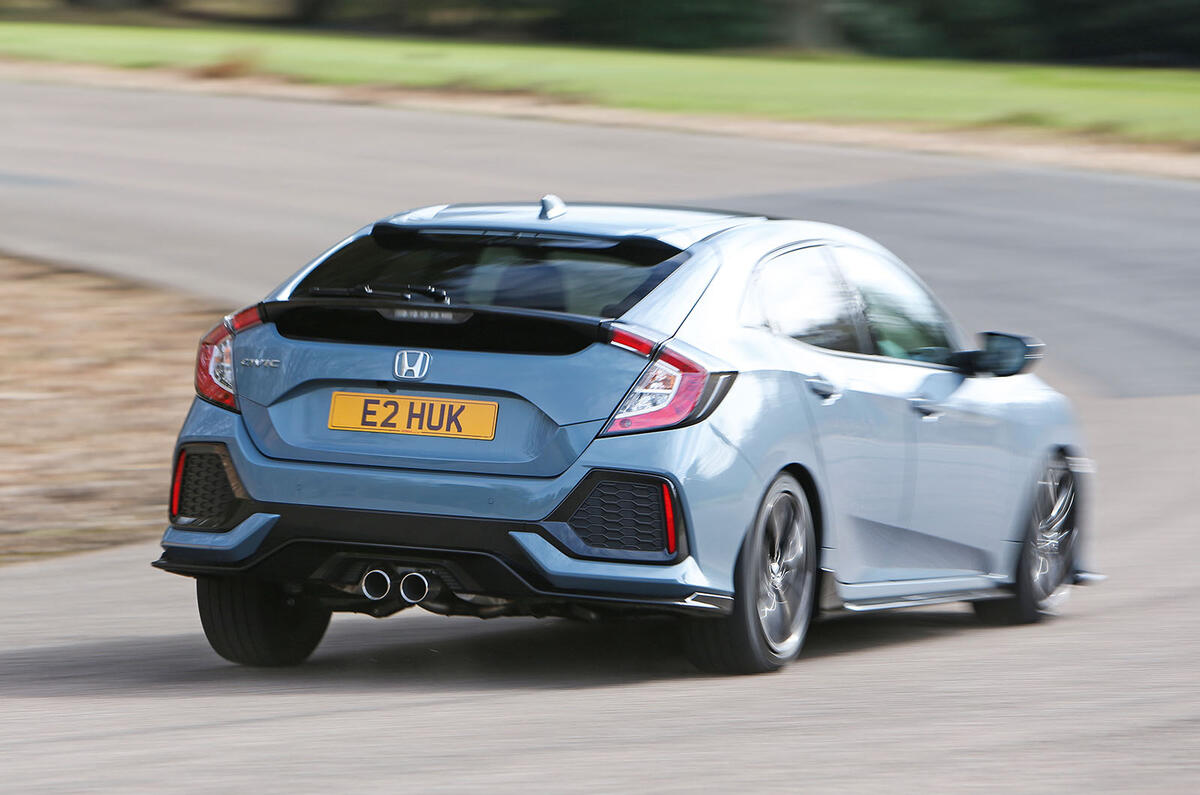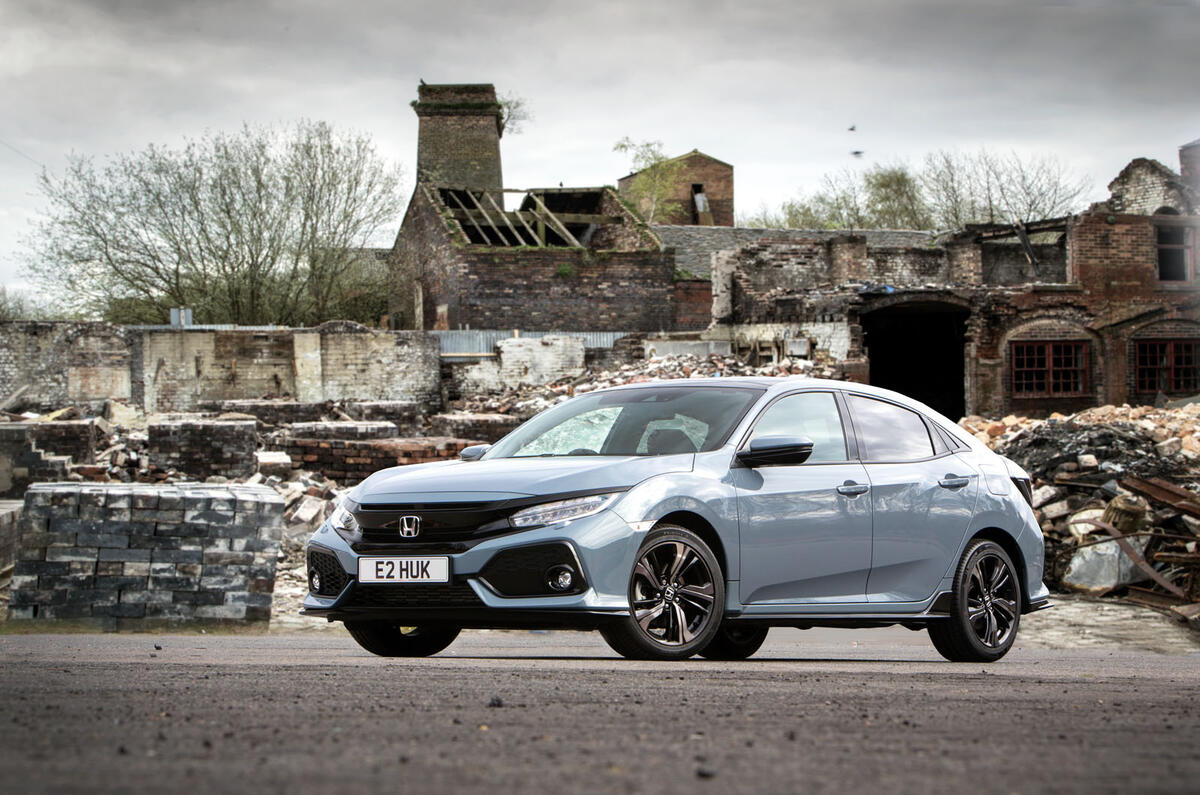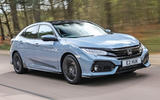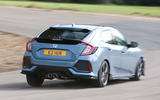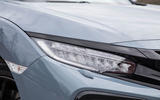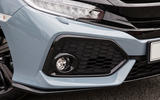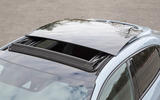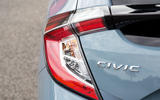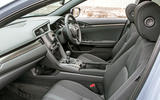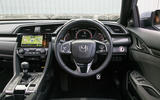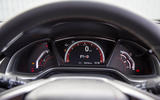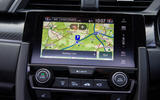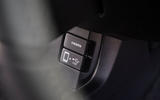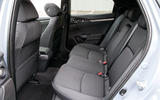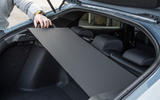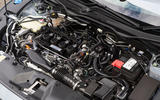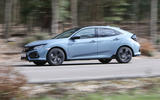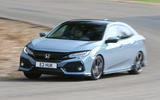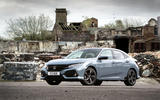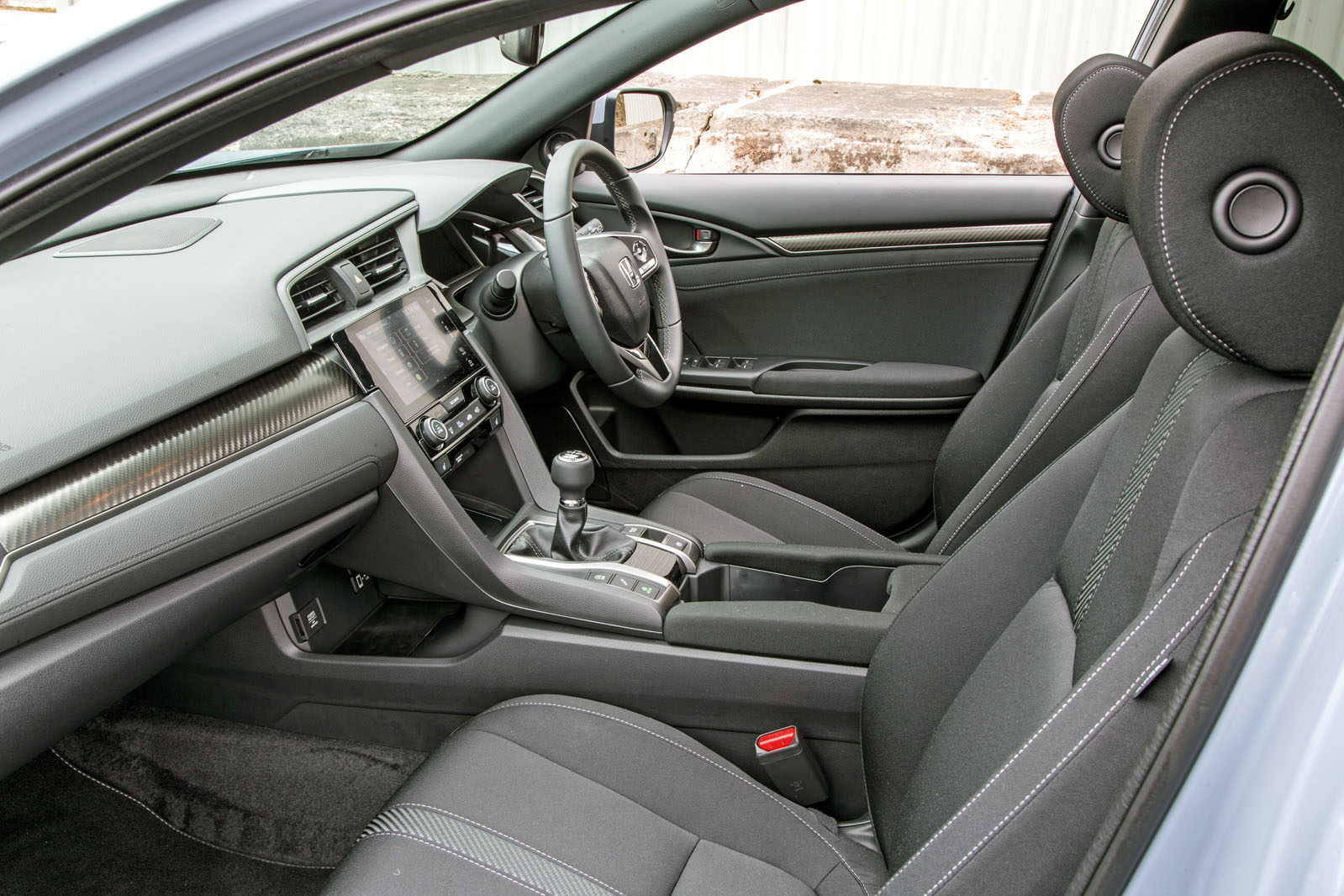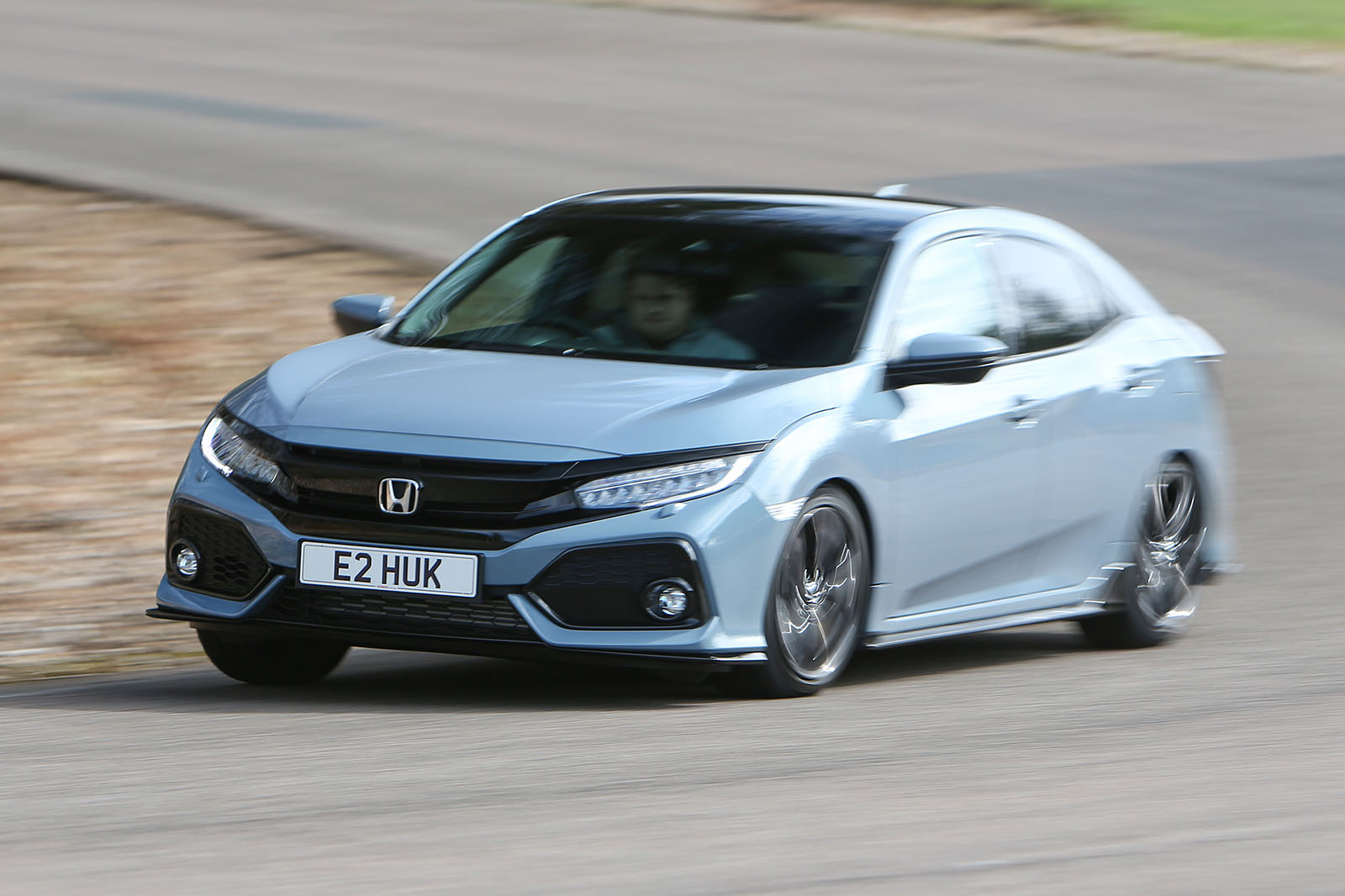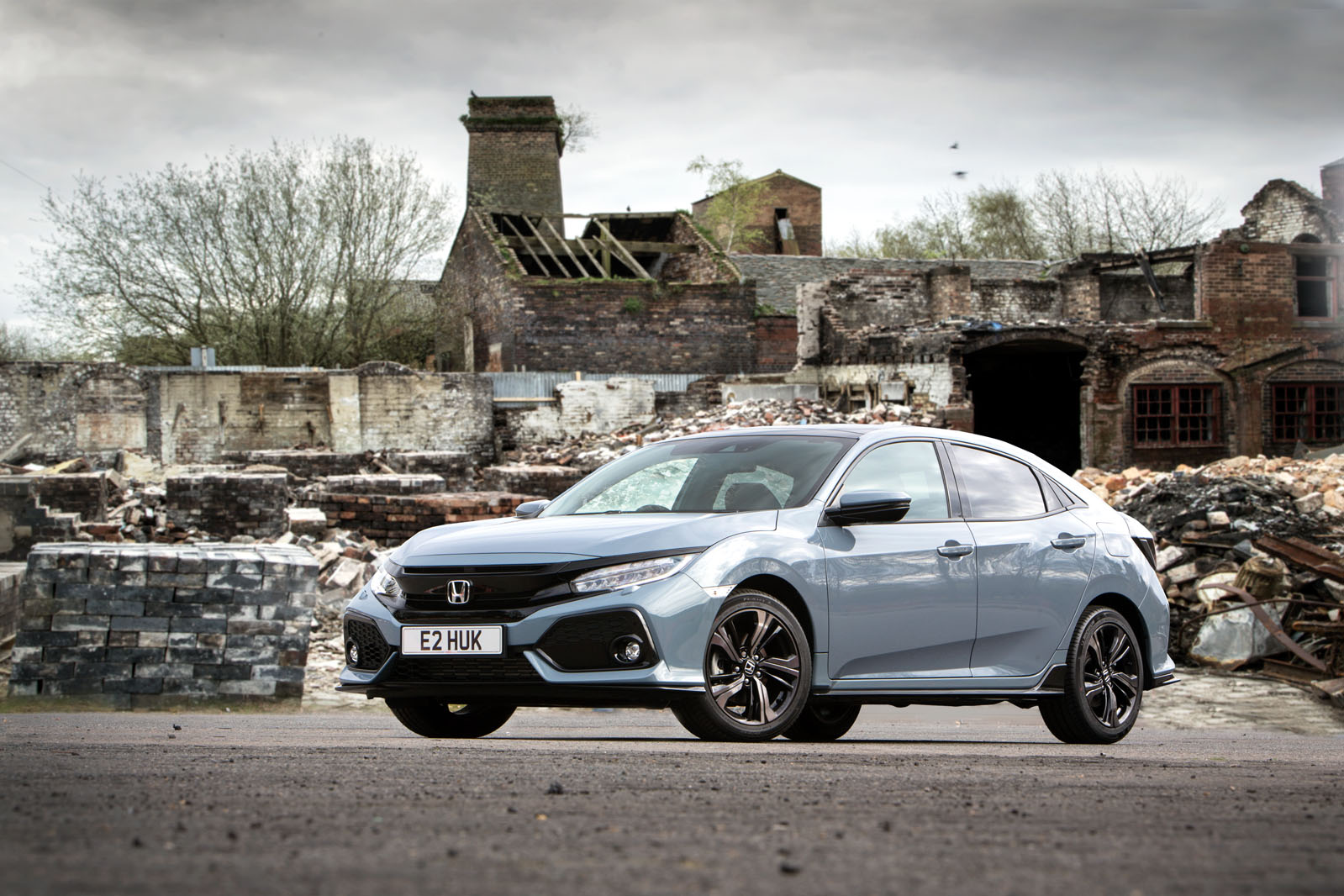The wholesale changes made to the Honda Civic’s interior ought to prove less decisive than those performed on its exterior.
All that extra wheelbase length has edged the cabin towards Skoda Octavia-style spaciousness, and Honda’s never-ending quest to deliver ‘premium’ surroundings has continued apace – which isn’t to say, of course, that everyone will be happy.
The repositioning of the fuel tank has necessitated a rethink of the ingenious ‘Magic’ rear seats, meaning there’s no flipping the seat bases up and out of the way in order to fit unusually tall loads behind the front seats.
That’s a shame, but elsewhere the shift towards conventionality feels more like a maturing than a backward step.
Because the fuel tank no longer resides under the front seats, Honda has been able to drop the driver considerably closer to the lower floor – more so, perhaps, than in any rival family hatch.
The consequence for keen motorists is considerable and indulged further by a dashboard that replaces the discordant quirky surfaces of its predecessor for something much sleeker.
Cleverly inclined and now with a proper centre console and stack, the Civic feels more at ease with its switchgear placement and is easier on the eye and, yes, easily more grown up, too.
A peerless amalgamation of materials it isn’t. The plastic overdose prescribed by the previous generation is partly addressed by fewer hollow-sounding surfaces, but Honda still isn’t as good at handling the cabin’s cheaper plastics as well as Volkswagen or even Mazda are.
That won’t concern those in the rear, though, where passengers ought to come as close to stretching out as this class of car realistically allows.
The boot is no less generously proportioned; the Sport Plus’s 420 litres of seats-up capacity easily eclipses the class yardstick, and (even without any sorcery occurring under the rear bench) it expands to 770 litres with an admirably flat floor.
The 770mm of load space height won’t stop previously indulged mountain bikers from grumbling – but the price for such orthodoxy is ultimately well paid out.
Honda’s Connect infotainment system is now in its second generation, and in its generosity of specification at least, Sport Plus’s 7.0in touchscreen can hardly be faulted.
There’s sat-nav (supplied by Garmin), two USB sockets and one HDMI jack, a DAB tuner, Bluetooth, Apple CarPlay, Android Auto and an upgraded eight-speaker audio system. Short of generating its own wi-fi hotspot without needing a connection to your phone, that’s pretty much everything on our family hatch wish list covered.
Only the usability suffers slightly in comparison with rival units, mostly because the fixed controls to the right-hand side of the touchscreen (audio, home, volume, menu and back) require an overly assertive finger push to operate.
Had Honda supplied a three-dimensional knob for the volume control and a physical button for back, the system’s broader quirks might have been less noticeable. Trifling stuff, perhaps, but ease of use tends to describe the difference between first-rate infotainment and the rest.


